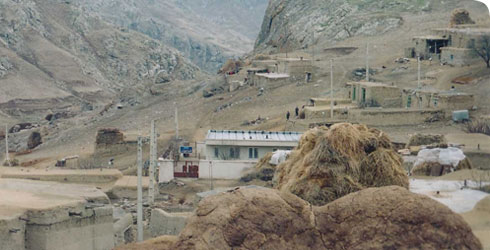Distribution and ecology
Distribution
Phlebotomus papatasi is widespread in the semi-arid and arid regions of:
- Mediterranean Europe
- North Africa
- Middle East
- Indian subcontinent
Habitat
The adults of this sandfly species are very abundant in and around the burrows of the rodent reservoir hosts of Leishmania major and other Leishmania species, namely:
- the great gerbil, Rhombomys opimus, in south-central Asia
- the fat sand rat, Psammomys obesus, in the Middle East and North Africa
Zoonotic cutaneous leishmaniasis epidemics often occur in arid regions when the distances between human settlements and gerbil colonies are reduced by irrigation schemes. Then, infected sandflies can be found in house yards (Parvizi et al., 2005).
Female P. papatasi take blood meals from a range of mammals, as well as chickens and pigeons, depending on availability.
Population biology
The dispersal of P. papatasi has been studied by the:
- release and recapture of marked flies
- identification of unique locations of blood-meal sources (a turkey farm in the Jordan valley, for example)
- distribution of DNA haplotypes and alleles at various loci (Parvizi et al., 2003; Hamarsheh et al., 2009)
Both males and females disperse to find nectar and honeydew, which are important energy sources (Muller and Schlein, 2004).
Toolbox
Glossary
Zoonotic
A zoonotic disease is one that affects animals and can be transmitted to humans.
